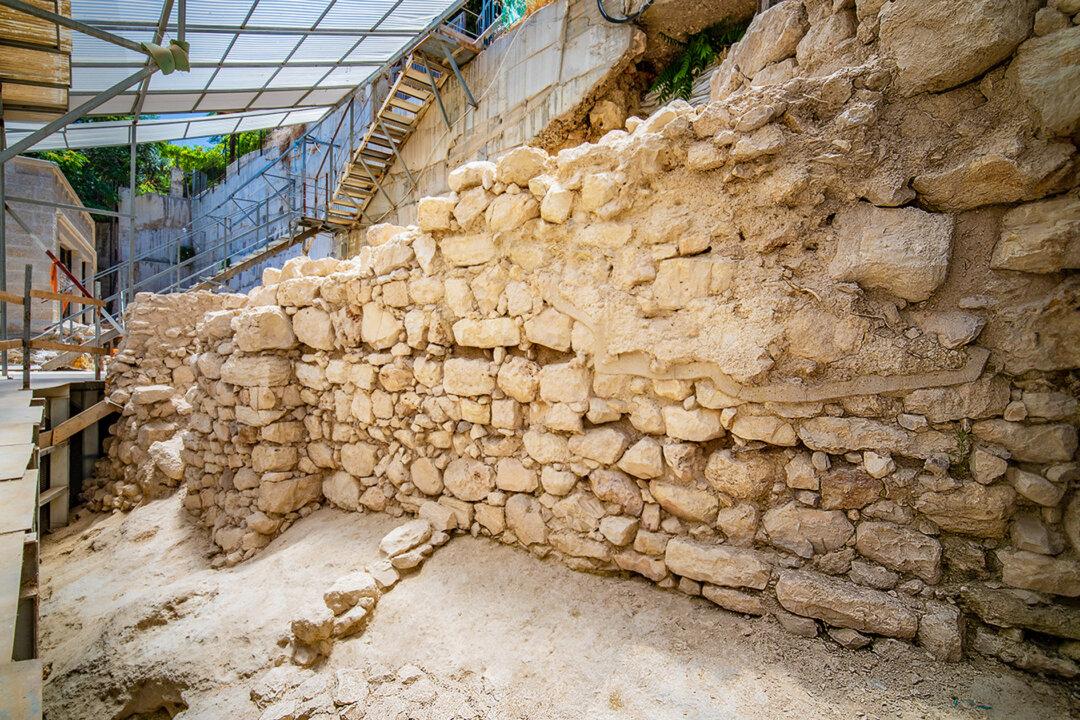The remains of an ancient city wall—built in the Iron Age to protect the city of David in the Kingdom of Judah—has been unearthed by archaeologists in the City of David National Park in Israel as part of a park development.
The wall was erected in the days of the First Temple to protect the city from invaders from the east; but it was breached in 586 B.C. by the Babylonians, who proceeded to enter and destroy the city.






